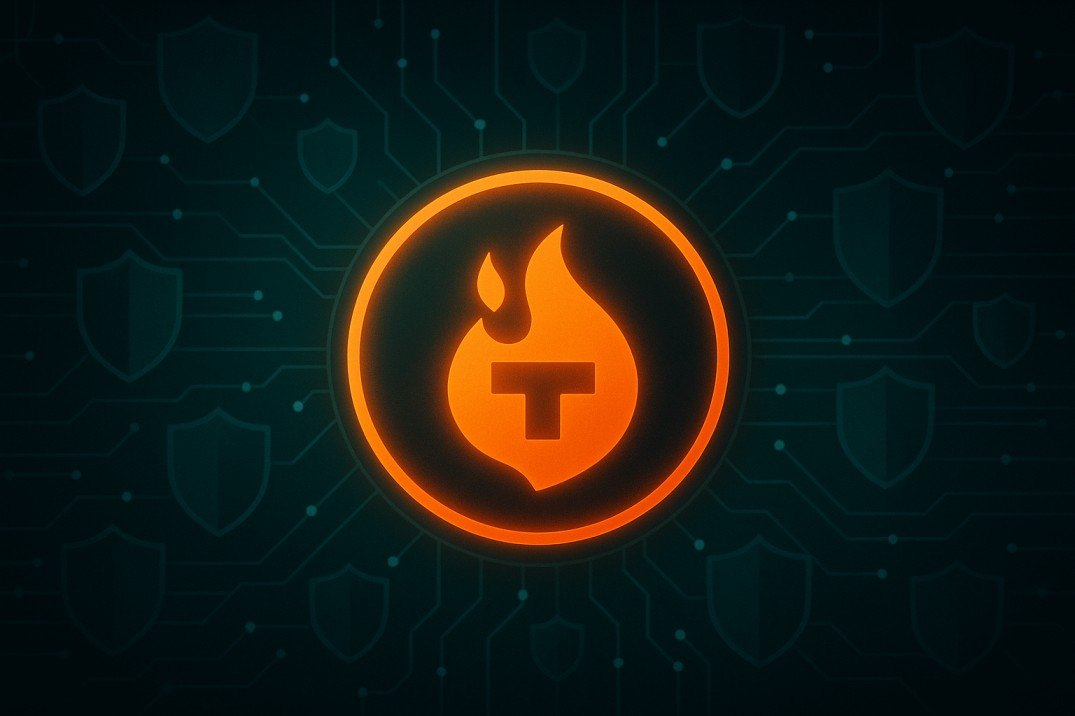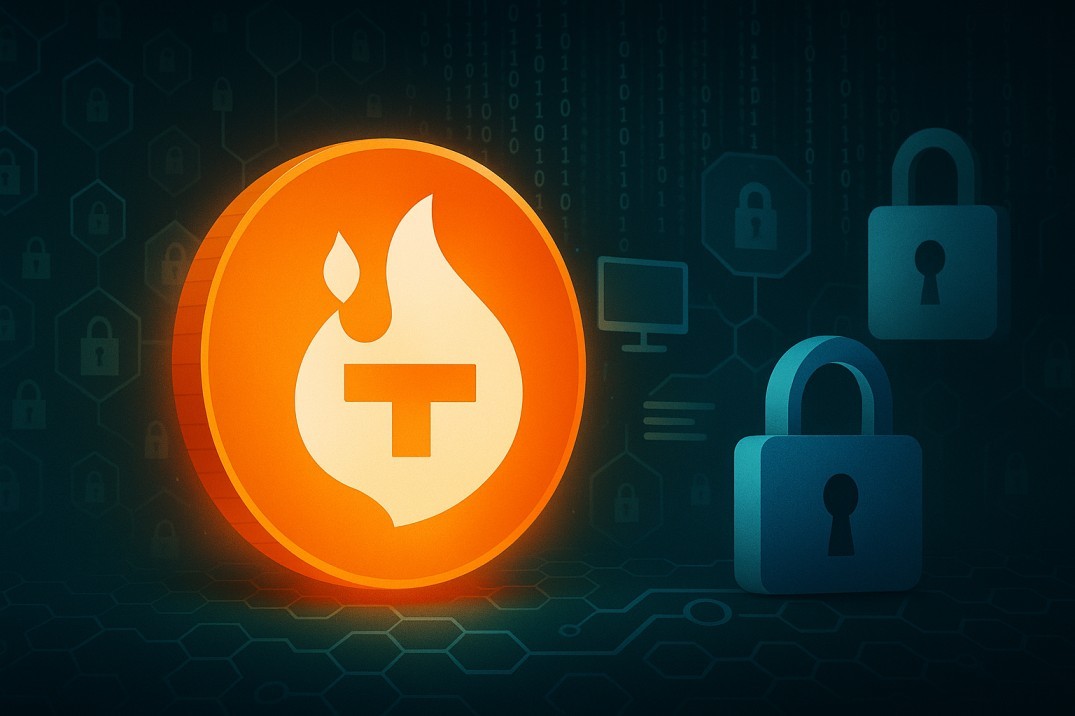TL;DR
- Theta Fuel (TFUEL) is the dual-token ecosystem’s operational and gas token on the Theta Network.
- Edge node operators, enterprise validators, and guardian nodes earn TFUEL by relaying video streams and supporting network services.
- TFUEL powers transactions, smart contracts, NFT minting, and micropayments on platforms like ThetaDrop and Theta.tv.
- The network uses a multi-level BFT consensus model for high throughput and strong decentralization.
- TFUEL is inflationary with an initial supply of 5 billion tokens, designed to be burned over time to maintain value.
- The token economy balances utility, participation rewards, staking, and deflation through burning.
In a world that's rapidly transitioning toward decentralized video, real-time data sharing, and peer-to-peer streaming platforms, few names have emerged with the technological credibility of Theta Network. And while THETA, the governance token, grabs most headlines, it's TFUEL-Theta Fuel-that's quietly powering everything under the hood.
From streaming videos without centralized servers to executing smart contracts and rewarding participants for bandwidth sharing, TFUEL has a unique role. In this guide, we'll break down exactly what TFUEL is, how it works, who's building it, and why it might matter more than people realize.
What Is TFUEL?

TFUEL, short for Theta Fuel, is the operational token of the Theta Network-a blockchain protocol built to decentralize video delivery, streaming, edge computing, and data transmission. While its sibling token THETA governs the network (used for staking and voting), TFUEL handles the actual work-serving as the gas token.
You can think of TFUEL as Ethereum's ETH or BNB on the BNB Chain, but more tuned for video and data infrastructure. It's used to:
- Pay for on-chain transactions
- Power smart contracts and dApps
- Reward users who share their bandwidth via Edge Nodes
- Handle payments for decentralized video streaming
The combination of TFUEL and THETA is what gives the network its utility and governance balance.
Who's Behind Theta Network?
The Theta Network was co-founded in 2018 by Mitch Liu and Jieyi Long, two serial entrepreneurs with backgrounds in gaming, video, and virtual reality. Liu is also known for launching Gameview Studios and THETA.tv (formerly Sliver.tv), one of the first blockchain-based streaming platforms.
Backing them is a heavy-hitting advisory board that includes Steve Chen (Co-founder of YouTube) and Justin Kan (Co-founder of Twitch)-two pioneers of video platforms that defined Web2. On the enterprise side, Theta has formed strategic relationships with companies like:
- Google (cloud infrastructure partner)
- Samsung (validator and mobile partner)
- Sony (exploring blockchain in entertainment)
- Creative Artists Agency (CAA)
- Katy Perry, MGM, Lionsgate and more via NFT & media campaigns
This high-level industry alignment positions Theta as one of the most media-native blockchains in existence.
How Does TFUEL Work?
TFUEL operates similarly to gas tokens in other ecosystems. It's the native currency used to pay for transactions, NFT minting, smart contract execution, and bandwidth sharing across the Theta network.
Key use cases:
- Relaying video segments via Edge Nodes
- Payments for on-demand content and premium streaming
- Fees for deploying smart contracts on the Theta mainnet
- Staking and earning via elite Edge Nodes
For example, if a user streams content via a dApp on Theta or earns rewards by operating a caching node, they'll receive or spend TFUEL in the process. It flows naturally across consumer, creator, and infrastructure layers.
Unlike THETA, which has a fixed supply of 1 billion, TFUEL is inflationary. But there's a catch-the network burns a portion of TFUEL with every transaction, creating a dynamic supply-and-demand loop that's meant to stabilize token value.
Layer 2 Extensions and Metachain Ambitions
In 2022, Theta introduced the Theta Metachain architecture, aiming to bring modular, scalable Layer 2 solutions to its ecosystem.
The Metachain design allows projects to launch subchains that use TFUEL as their gas token, enabling horizontal scaling and customized execution environments. This brings Theta closer to an app-chain or modular framework like Cosmos or Avalanche.
Each subchain:
- Has its own validator set
- Uses TFUEL for gas
- Can customize consensus rules
- Anchors back to the Theta mainchain
This design also opens doors for gaming, video, metaverse, and AI streaming projects to run independently while benefiting from the Theta network's infrastructure.
Security: Audits and Open Source Defense

Theta's security model is multi-layered. It uses a Multi-Level Byzantine Fault Tolerant (BFT) consensus, combining a small set of enterprise validators with thousands of decentralized guardian nodes. This hybrid model ensures scalability while retaining decentralization.
Security practices include:
- Open-source smart contracts for transparency
- Ongoing code audits (including by Certik and other firms)
- Bug bounty programs via platforms like Immunefi
- Validator set decentralization with partners like Binance, Sony, Google, Samsung
The network hasn't experienced any major protocol-level vulnerabilities since mainnet launch, a testament to its robust consensus and cautious codebase evolution.
Use Cases and Ecosystem Applications
TFUEL is the backbone of several live applications already deployed across the Theta Network:
- Theta.tv: A streaming platform where users earn TFUEL by watching or sharing bandwidth.
- ThetaDrop: An NFT marketplace used by Katy Perry, World Poker Tour, and more. All transactions use TFUEL as gas.
- EdgeCast: Decentralized video encoding and relaying for content creators.
- Replay: Web3 streaming analytics and royalty tracking for content distribution.
- Samsung VR and Smart TVs: Theta has been embedded into hardware for native streaming and micropayments.
In all these cases, TFUEL is the default token flowing through systems-greasing the wheels without users even knowing it.
TFUEL Tokenomics
At launch, TFUEL had an initial supply of 5 billion tokens. Unlike THETA (which is capped), TFUEL has a controlled inflation rate of about 5% per year, primarily used to reward Edge Nodes and validators.
To combat unchecked inflation, Theta introduced TFUEL burning, where a portion of every transaction fee is destroyed. This mechanism, similar to EIP-1559 on Ethereum, creates a deflationary pressure. Other token sinks:
- Smart contract deployment
- NFT minting on ThetaDrop
- Premium video interactions (PPV, tips, rewards)
- Gaming and AI compute usage via edge devices
This mix of inflation for incentives and burn for deflation aims to create a long-term sustainable economy.
Community and Developer Ecosystem
Theta has a strong community of developers, validators, and creators building applications. The Theta GitHub is active, with open repositories for:
- SDKs and APIs for streaming and dApp development
- Smart contract frameworks
- Tools for launching custom subchains
Theta also runs Theta Hackathons and provides Theta Grants to support new builders and media startups. Its presence on platforms like ThetaDrop gives it visibility among creators and celebrities seeking direct fan engagement. There's also a growing number of YouTube and Discord-based Theta community groups sharing tutorials, airdrop news, and staking guides.
Final Perspective
TFUEL might not get the same spotlight as THETA, but it's quietly powering a new wave of decentralized infrastructure for media, gaming, and beyond. As Theta leans deeper into modular scaling, edge computing, and smart contract layers, TFUEL is poised to become one of the most utility-rich tokens in Web3.
It's not trying to replace Ethereum or Bitcoin-it's carving out a lane in real-time data processing, streaming, and edge economy infrastructure. In a world where latency, speed, and creator monetization are key, TFUEL's silent work might speak loudest.







